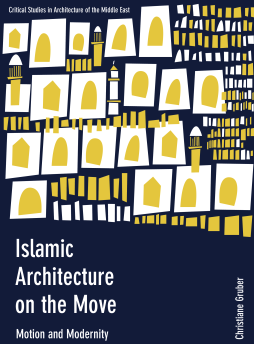
Additional Information
Book Details
Abstract
Even a casual observer can spy traces of Islamic architecture and design on buildings all over the world, a reminder that artistic traditions and visual culture have never been limited to their region or country of origin, but rather are highly diffusible. This book brings together scholars from architectural studies, design, art history, and other fields to challenge and expand concepts of Islamic architecture. Ranging from eighteenth-century Ottoman tents to manifestations of Islamic motifs in 1960s Hawaii, this richly illustrated volume raises key questions about Islamic architecture, and, more broadly, about how we can rethink our understanding of material, artistic, and cultural mobility in the modern world.
Table of Contents
| Section Title | Page | Action | Price |
|---|---|---|---|
| Cover | Cover | ||
| Half Title | i | ||
| Title | iii | ||
| Copyright | iv | ||
| Contents | v | ||
| Acknowledgements | vii | ||
| Chapter 1: Islamic Architecture on the Move | 1 | ||
| Chapter 2: Karbala in Lucknow: An Itinerary of Architectural Mobility | 25 | ||
| Chapter 3: The Mobile Matrix: The Hijaz Railway as Ritual Space and Generator of Space | 61 | ||
| Chapter 4: Fabricating a New Image: Imperial Tents in the Late Ottoman Period | 101 | ||
| Chapter 5: Mobility and Ambivalences: Negotiating Architectural Identities during Khedive Ismail’s Reign (1863–79) | 135 | ||
| Chapter 6: ‘In the Absence of Originals’: Replicating the Tilework of Safavid Isfahan for South Kensington | 161 | ||
| Chapter 7: Relocating to Hawai‘i: Dwelling with Islamic Art at Doris Duke’s Shangri La | 197 | ||
| Chapter 8: The Urban Fabric of Cairo: Khayamiya and the Suradeq | 231 | ||
| Note on Contributors | 261 | ||
| Back Cover | Back Cover |
